Corey Damen Jenkins on Perseverance, Maximalism, and Reinvention
With a monograph on the way, the Detroit-born designer shares how resilience and a belief in client-driven storytelling have defined his journey toward conjuring eclectically exuberant interiors—and why he’s committed to leaving the ladder down for others
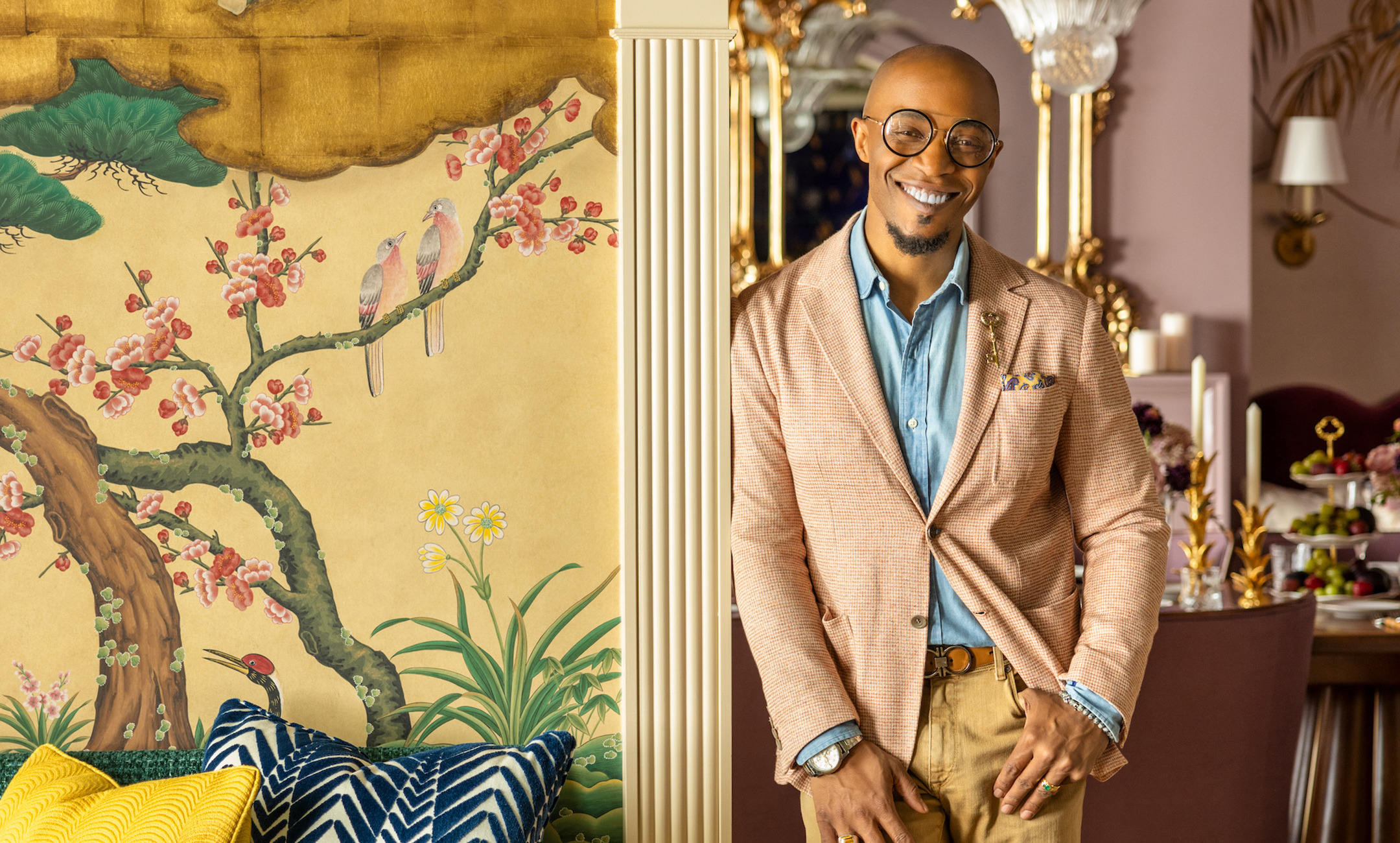
Corey Damen Jenkins never intended to exemplify eclectically exuberant maximalism, but the Detroit-born designer couldn’t shake the impulse to chase what he loved most. After studying design in New York, he spent nearly a decade as a purchasing agent and buyer for Ford, GM, and Chrysler before returning to interiors. In 2009, amid the financial downturn, he launched his eponymous firm in Michigan—an endeavor that involved knocking on nearly 800 doors before landing his first client. The leap of faith paid off, leading to a career-making stint on an HGTV competition show and instilling within him an undying sense of perseverance—coupled with his belief in client-driven storytelling and carefully edited maximalism—that carried him back to New York. His retina-widening interiors now pulse with vivid jewel tones, brilliant patterns, and unbridled enthusiasm.
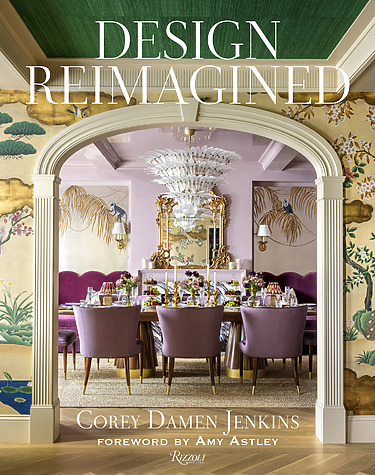
That evolution is crystallized in Jenkins’ second monograph, Design Reimagined: A Fresh and Colorful Take on Timeless Rooms (Rizzoli), hitting shelves on September 2. From its peacock-printed linen case to gilded edges, the luxurious tome rivals his interiors in style and panache, charting ten exceptional recent projects that fuse enthusiastic palettes and striking pattern play within timeless architectural settings. Whether wrapping a Carnegie Hill apartment in embroidered peacock murals or outfitting a South Fork retreat in debonair flourishes that deftly toe the line between a sophisticated members’s club and sun-drenched coastal cottage, Jenkins revels in his dextrous command of pattern and palette. It’s all anchored by his knack for classic detailing and an infectious joie de vivre that practically leaps off the page.
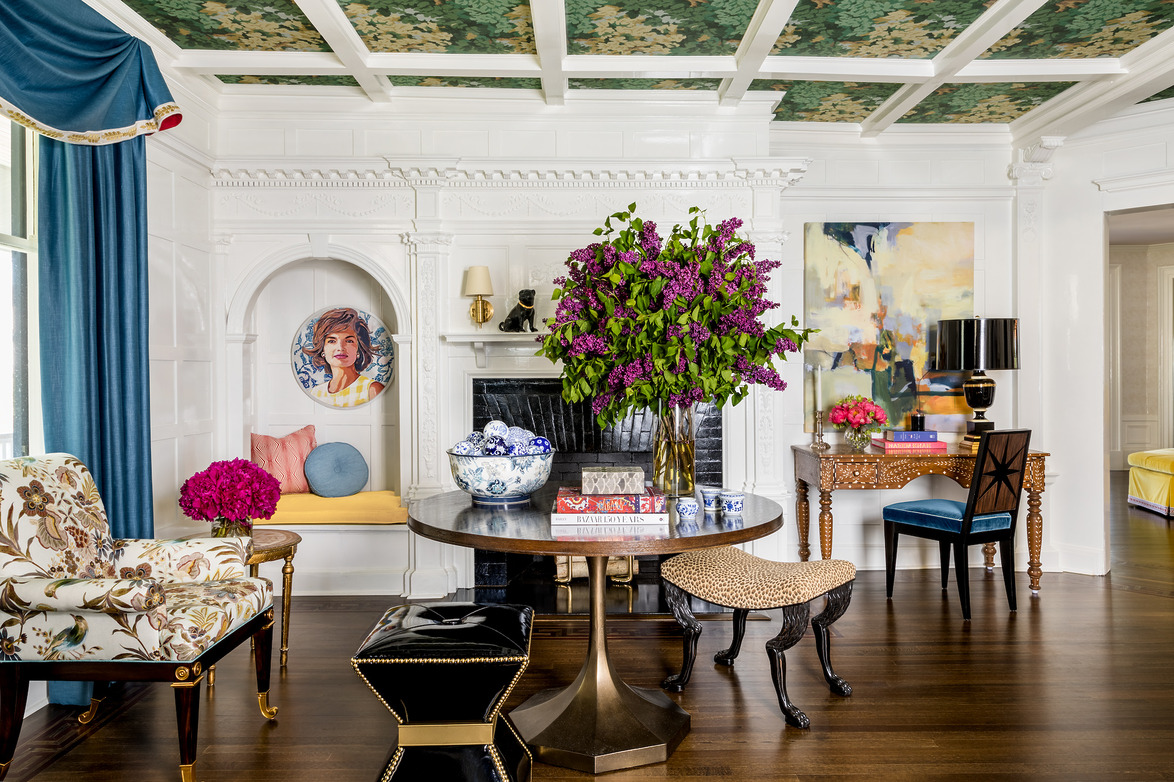
A steadfast believer in “design democracy,” Jenkins also shares expert design tips through MasterClass, his YouTube series “Design Reimagined,” and by mentoring the next generation of creatives as a trustee for the Kips Bay Boys & Girls Club. “If I was lucky enough to climb the ladder, I’d leave it down for others to follow,” he recalls thinking early on in his career. “That kind of access matters. Everyone deserves to live beautifully, no matter their budget.” Among his tips: regularly revisiting what “beauty” means in order to conjure spaces that feel personal and lasting. “The best design aesthetic may be one that you absorb from others,” he offers in the book’s introduction. “There’s nothing wrong with being informed by the taste and knowledge of those who came before and you and blending their worldview with your own—as long as you continue developing your own eye with independence and authenticity.”
In the following interview, which has been edited and length for clarity, he speaks candidly about forging his own path, breaking past tradition, and always leaving room for the client’s story to sing.

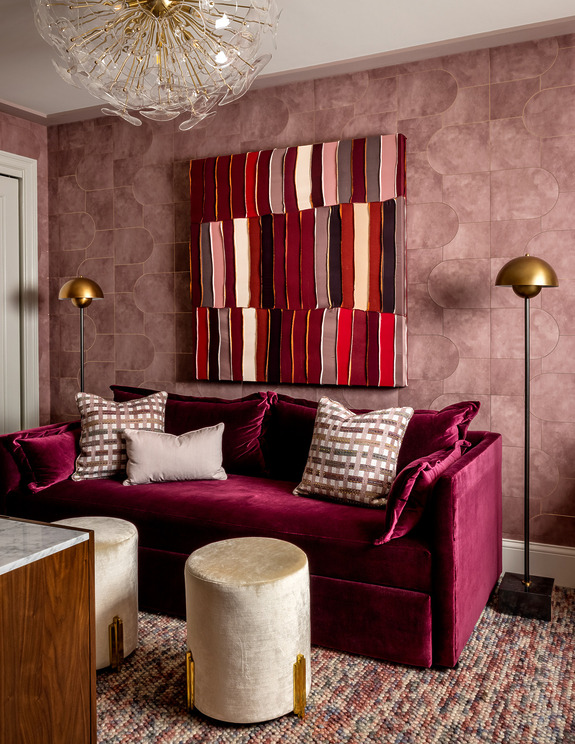
I began my career in 1996 after studying design in New York, but I veered into the corporate world and spent nearly a decade as a purchasing agent and buyer for Ford, GM, and Chrysler. When the recession hit in 2007, I was laid off, and I knew I had to return to what I truly loved. Interior design was something I couldn’t outsource, something I could control. So in 2009, right in the middle of the economic downturn, I launched my firm in Michigan.
It wasn’t easy. Michiganders are practical, especially in a recession, and they weren’t looking to flaunt wealth. So I decided to go grassroots: I literally knocked on doors with sketches and renderings tucked under my arm. I told myself I’d go to 1,000 homes, and if nothing came of it, I’d walk away. By door 779, just as I was ready to quit, a doctor and his wife invited me in on a cold winter day and gave me my first big project. We gutted their home, I put the photos online, and three weeks later HGTV called. They cast me in a competition show that I won—and that set the wheels in motion for my firm. Remember, delays don’t mean denial.

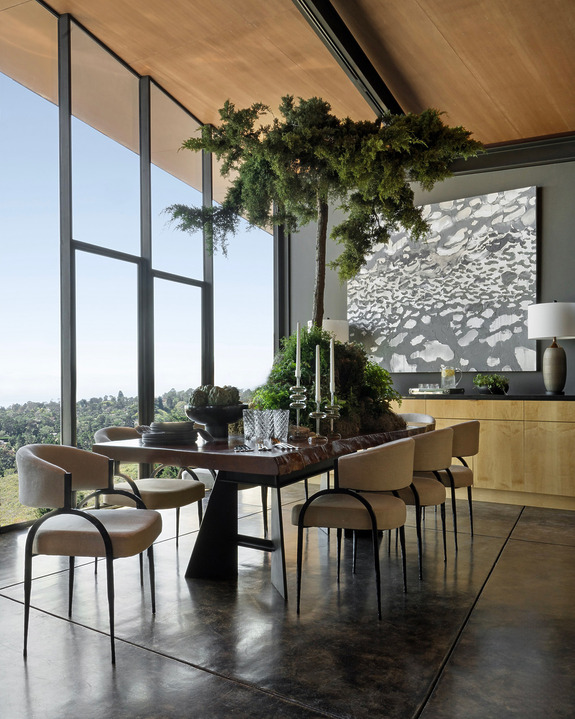
Fast forward: in 2018, we opened a New York office, and by 2021 I consolidated everything here. Moving meant starting over—new clients, new expectations, new opportunities, and just as many doubts. You can’t wait for perfect conditions. Sometimes you just have to dive in without knowing how much water is in the pool. But New York also gave me a chance to lean fully into the jewel tones, geometry, and bold pattern play I had always loved. The turning point came in 2019, when I designed the library at the Kips Bay Decorator Show House. It was unapologetically vibrant, and suddenly people realized, “this guy may be from Michigan, but he can hold his own in New York.” That single room helped redefine the DNA of my firm.
I now serve on the Kips Bay board of trustees, which has been an incredible honor. The Boys & Girls Club offers after-school programs in everything from design and culinary arts to sports and dance. Many of these kids have single parents or those working multiple jobs. To see them discover new skills, light up with joy, and feel supported—that’s as meaningful to me as any project. I love seeing them grow.
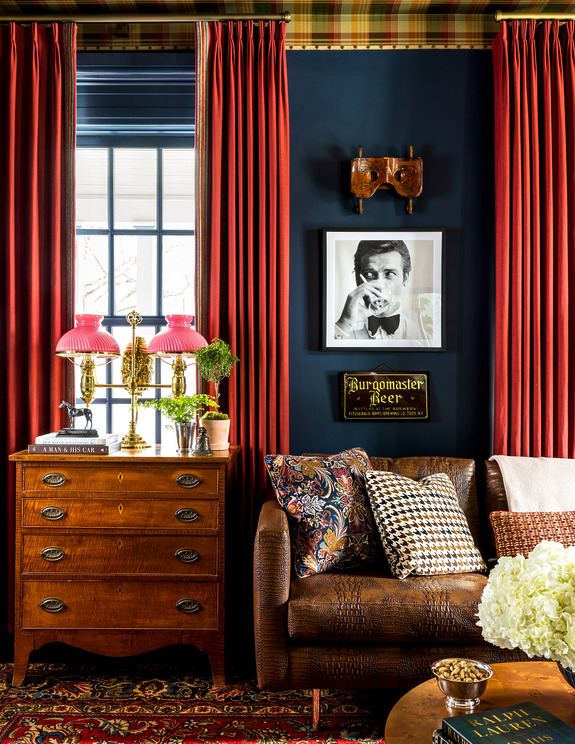
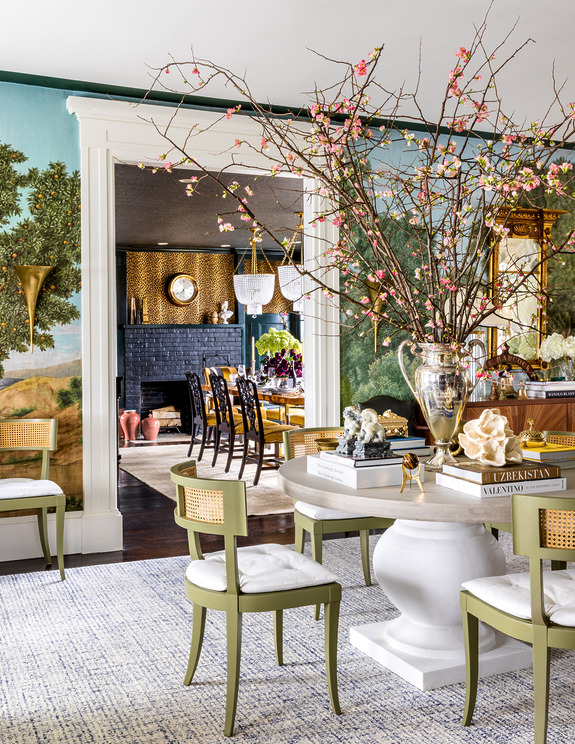
I also believe deeply in design democracy. Early in my career, the industry was full of gatekeeping. Designers kept their best painters, upholsterers, and wallpaper installers close to the vest. I promised myself I’d never do that. If I was lucky enough to climb the ladder, I’d leave it down with rungs for others to climb up after me. Teaching on MasterClass gave me the platform to share knowledge broadly—with homeowners, enthusiasts, and young designers eager to learn. That kind of access matters. Everyone deserves to live beautifully, no matter their budget.
Storytelling is an essential part of my work. The home shouldn’t be telling my story—it should tell the story of the homeowner. I tell my team that we are the mortar between the bricks. The bricks are the client’s travels, life experiences, visions, and world views. We hold it all together. When you step back, the bricks should be what you see, not the mortar. Too much mortar, and every project looks the same. We try hard to make sure the client’s personality really sings.
One project that really pushed me was a Carnegie Hill renovation. The foyer and dining room were already wrapped in scenic murals, including a de Gournay pattern with monkeys cavorting on palm branches, and I suggested a quieter emerald silk grass cloth for the family room. My client called me at midnight and said, “This room isn’t going far enough.” She wanted another scenic mural. At first I resisted—it felt like too much—but I listened. And she was right. We installed Gracie in the family room, and now it mirrors the dining room in a way that’s dramatic and beautiful. That project, now on the cover of Design Reimagined, reminded me that sometimes clients push us toward greatness. I don’t have the ego to bruise! As long as the rooms we design have great quality, beauty, and timelessness, my job is done.

Over the years, my work has grown more layered and expressive. Some clients keep their public spaces restrained but go wild in their private rooms. I love that duality—buttoned-up in the living room, exuberant in the bedroom. Those surprises make homes unforgettable.
Design Reimagined, my new book with Rizzoli, captures that spirit. It features ten projects that celebrate color, pattern, and bold choices, but it’s also about reinvention—how our homes evolve with us. Just as we update ourselves—overcoming challenges, processing losses, starting new chapters—our interiors should reflect that. I want readers to come away encouraged, joyful, and emboldened to embrace the art of reimagining not only their homes, but their lives.